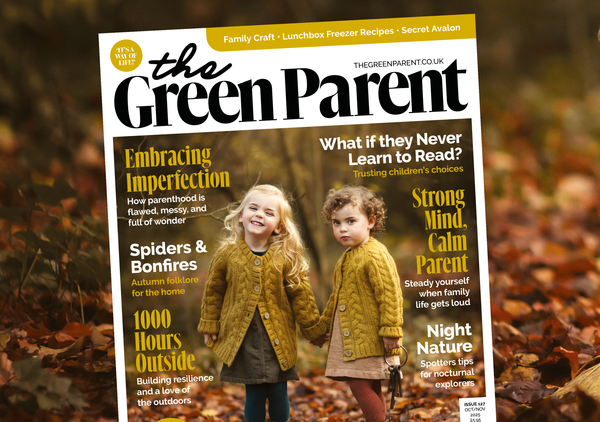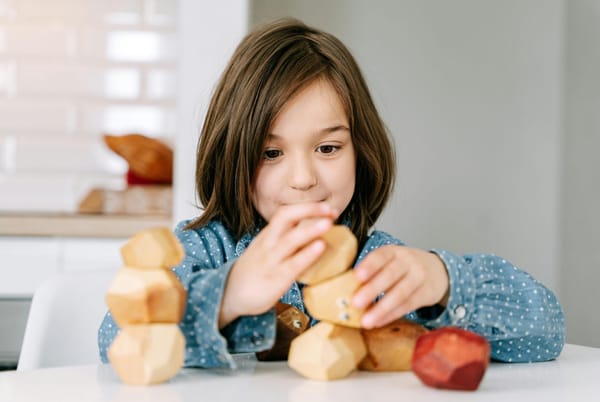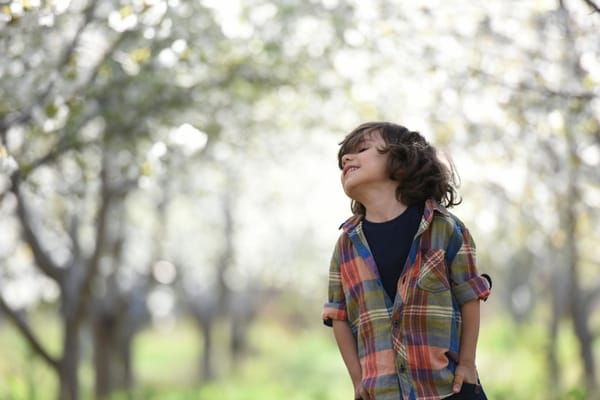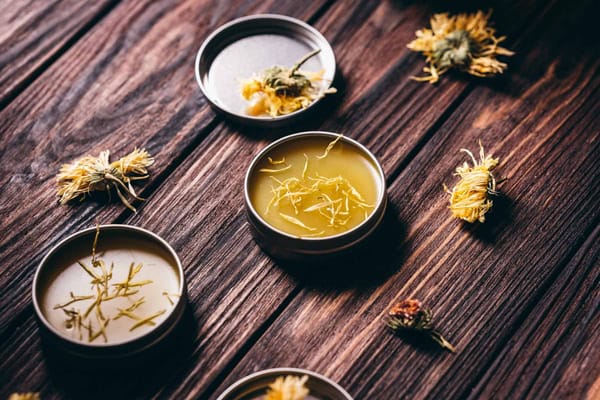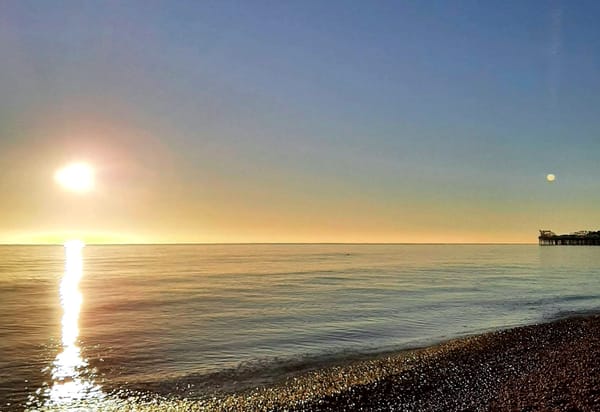Hello
A very warm, cosy welcome to this week's newsletter.
I've just got home from a day spent in the woods, playing Swallows and Amazons!
My friend's son and I built a pretty impressive den - I'm looking forward to going back soon to fill in the gaps with bracken, and maybe make some shelves. #mydreamden
It's been a really good, outdoorsy week, since we arrived back from our weekend in the North East (photo above was taken by my sister on the beach at Nose's Point, just south of Seaham). We had a wonderful time with our extended family - lots of hilarious reminiscing and restorative aunty cuddles (for me and Iris)!
Workwise, I'm in the blissful stage of planning and plotting out the next edition - this may be my favourite part of making a magazine.
Our home education this week has been centred around science; natural history and making medicine.
Here's What We've Been up to This Week:
Learning About Leaves
Recently, my brother-in-law and I were wondering about why leaves change colour. Iris and I decided to look it up and discovered that it's to do with chlorophyll levels. There are 3 types of leaf pigments: chlorophyll (green), carotenes (yellow) and anthocyanins (reds and pinks).
As the days get cooler in autumn, the leaves start to receive less sunlight. Less sunlight triggers chlorophyll to break down (the tree does not replenish chlorophyll levels) revealing the colourful pigments underneath - that's when we get the stunning orange and red displays. The catalyst for the change in colour is down to hormone levels, day length and night temperature.
Here's a cool experiment you can do at home, which explores different leaf colours.



